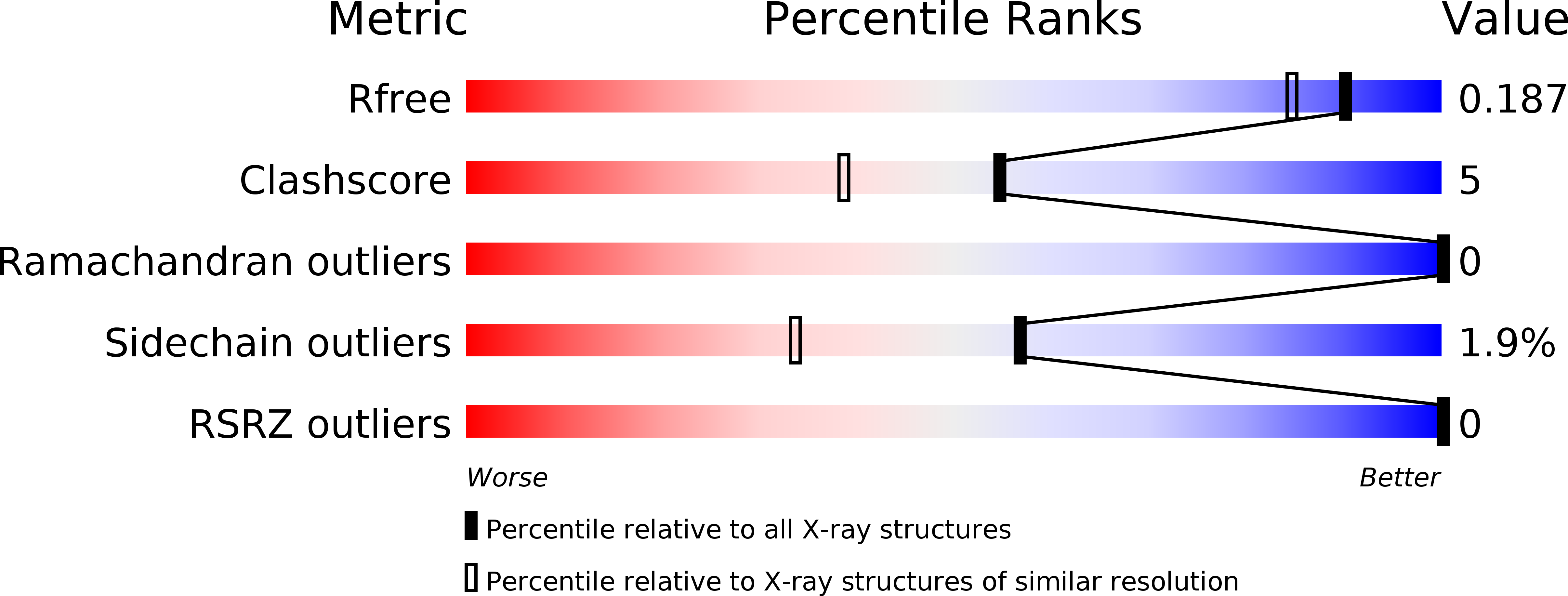
Deposition Date
2014-03-03
Release Date
2014-04-09
Last Version Date
2024-11-13
Entry Detail
PDB ID:
4P2E
Keywords:
Title:
Acoustic transfer of protein crystals from agar pedestals to micromeshes for high throughput screening of heavy atom derivatives
Biological Source:
Source Organism:
Gallus gallus (Taxon ID: 9031)
Method Details:
Experimental Method:
Resolution:
1.60 Å
R-Value Free:
0.19
R-Value Work:
0.14
R-Value Observed:
0.15
Space Group:
P 43 21 2


